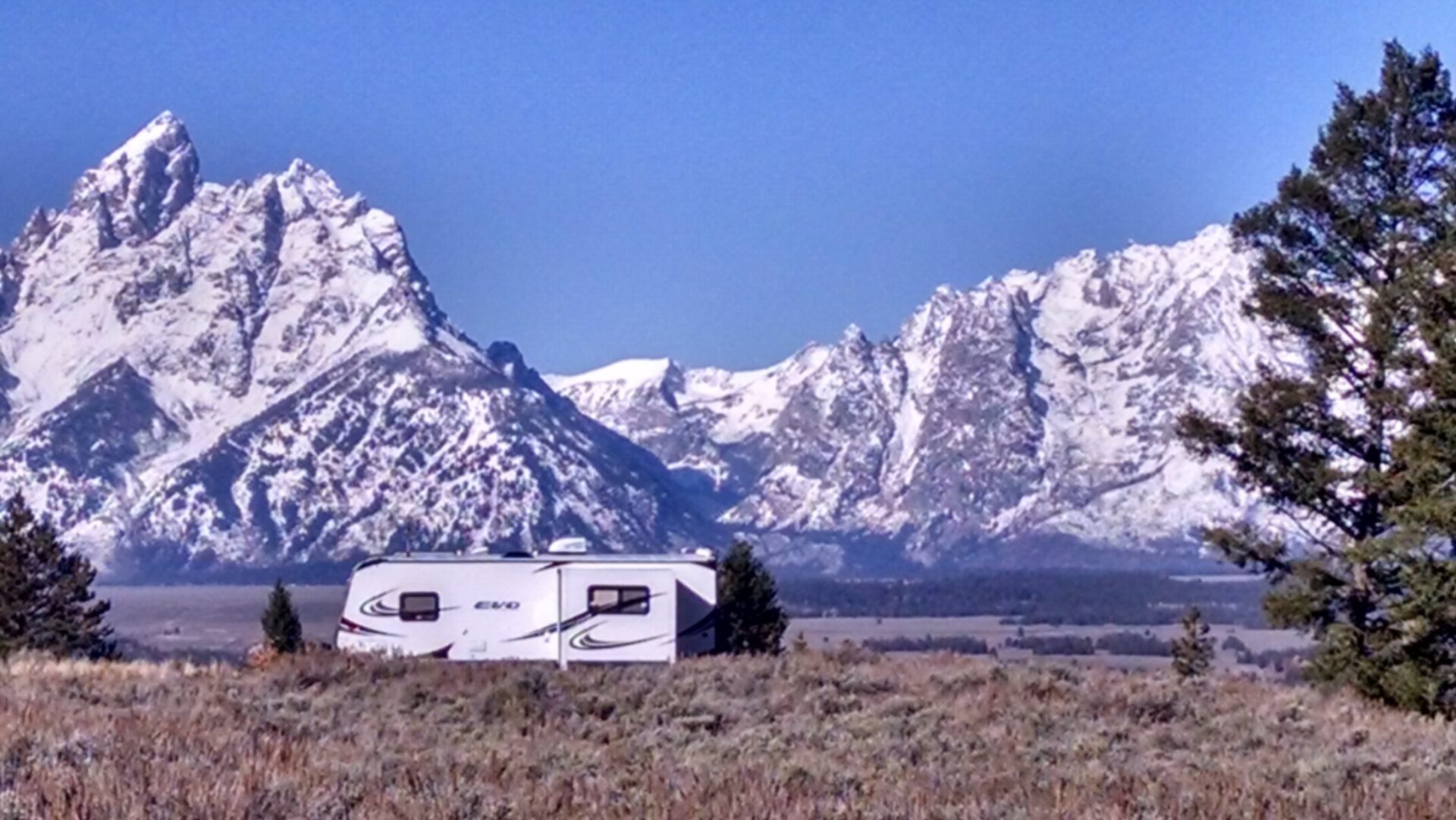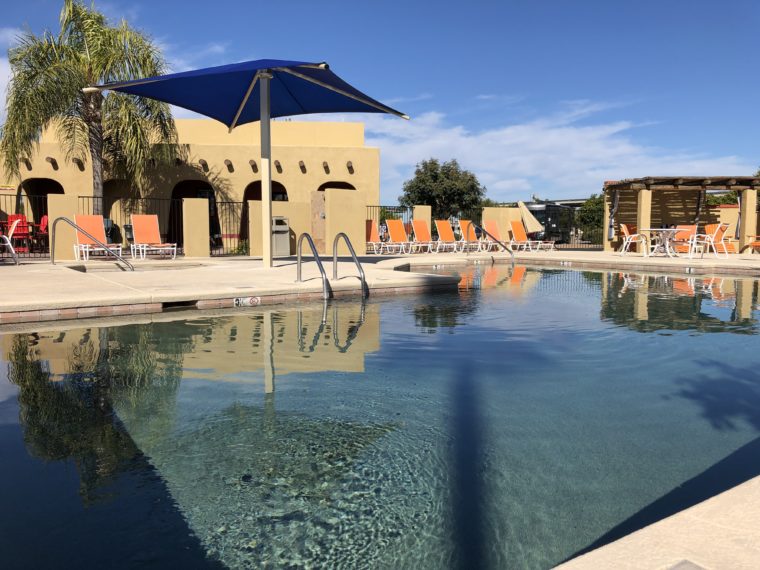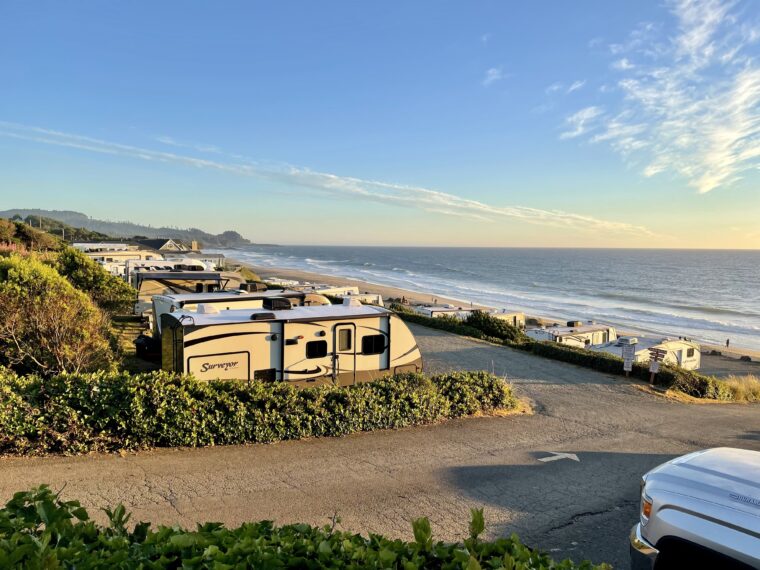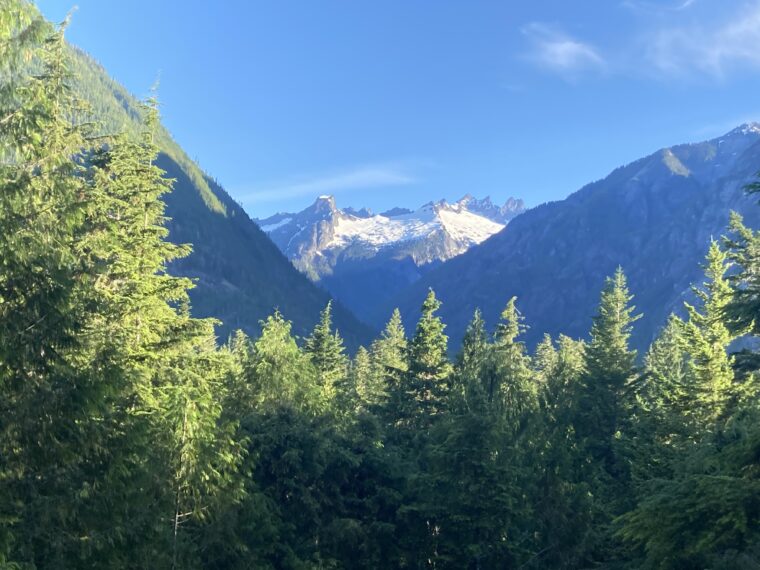As the temperatures drop and most campgrounds close for the season, the U.S. Forest Service allows free dispersed camping year-round in national forests. Some campgrounds also remain open, but if you plan to winter camp in a national forest, prepare for road closures and minimal amenities.
Does the stillness and quiet of the snow relax you? Are you an avid skier or snowmobiler? Then this guide is for you. Here are some of the best national forests for winter camping in the U.S.
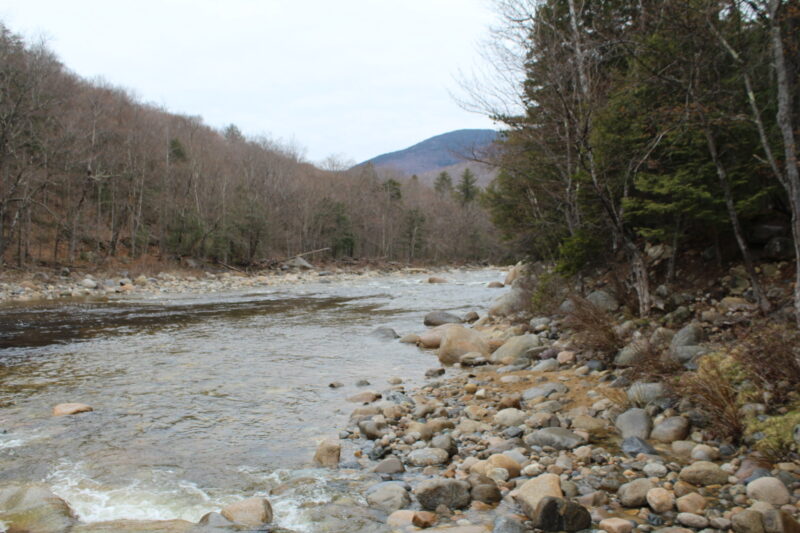
1. White Mountain National Forest, New Hampshire
White Mountain National Forest is home to New England’s highest peaks, including Mount Washington. With massive trail systems, peak bagging, and downhill skiing, the White Mountains are a four-season destination for outdoor enthusiasts.
Searching for New Hampshire’s Most Weatherproof Cat at the Mount Washington Observatory
In the winter, White Mountain National Forest abounds with snowboarding, snowmobiling, cross-country skiing, and snowshoeing at resorts such as Wildcat Mountain and Cannon Mountain. On a bluebird day, you can even catch views of Mount Washington from Wildcat. The Forest Service also maintains trails for other winter activities to enjoy on your winter camping trip to New Hampshire.
Snow sports in White Mountain National Forest are so popular that a few campgrounds remain open during the coldest months.
Where to winter camp:
2. Green Mountain National Forest, Vermont
Green Mountain National Forest is a backcountry skiing and snowboarding destination. Through collaborative efforts with local community initiatives and the Forest Service, Brandon Gap Winter Recreation Area and Dutch Hill are maintained and managed for winter activities in Green Mountain National Forest. Are you planning to enter the backcountry? Make sure you are experienced, prepared, and aware.
You can also head to nearby ski resorts like Sugarbush or Mount Snow for skiing, snowboarding, skinning, and tubing. Fat biking is another fun way to explore the snow-covered trails in the Green Mountain National Forest.
Although most campgrounds are seasonal, a few established and primitive campgrounds stay open year-round, including Crown Point Camping Area and Hapgood Pond.
Winter camping is available from December 1 through March 31 at Crown Point Camping Area, which offers trail access directly from the campground.
Where to winter camp:
3. Superior National Forest, Minnesota
January’s average high is a frigid 17 degrees in Superior National Forest. And yet, it’s a premier winter destination, home to skijoring, skiing, and cross-country skiing. This area is also known for its 700 miles of snowmobiling trails.
The Boundary Waters Canoe Area comprises the northern third of Superior National Forest and extends into Canada. It’s an unforgiving wilderness, especially in the winter, with freezing temperatures and deep snow. It’s also an experience of a lifetime. Dogsled across frozen lakes, hike through quiet forests, and get cozy in a remote cabin.
For those with winterized rigs, Sawbill Lake Campground and Crescent Lake Campground stay open year-round with limited amenities and no plowing services.
Where to winter camp:
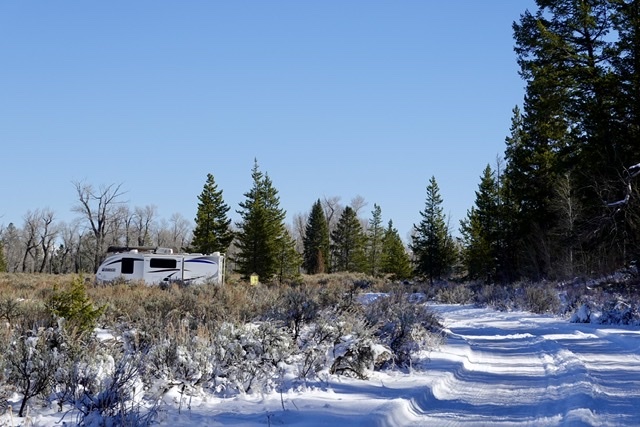
4. Bridger-Teton National Forest, Wyoming
Bridger-Teton National Forest is a year-round adventure destination. The national forest hugs two national parks, Yellowstone and Grand Teton.
This sprawling forest service land spreads across six ranger districts, including the Jackson Ranger District, home to two ski resorts: Snow King and Jackson Hole. Both resorts offer world-class skiing.
Campendium and the Camping Community Fund Vault Toilets in Bridger-Teton National Forest
Bridger-Teton National Forest also provides backcountry and sidecountry opportunities for those with experience, understanding of the snowpack, and proper equipment.
Your best option for camping in Bridger-Teton National Forest during the busy winter months is boondocking. Make sure your vehicle has snow tires and four-wheel drive.
Where to winter camp:
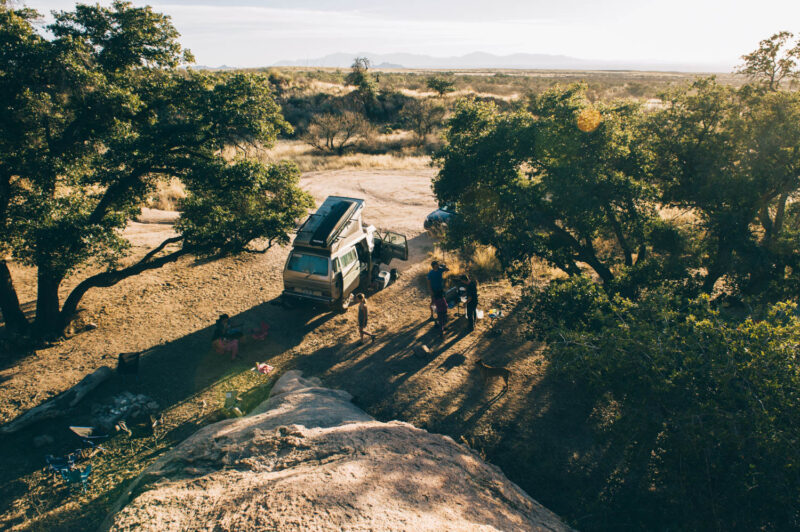
5. Coronado National Forest, Arizona
Coronado National Forest is the Swiss Army knife of national forests, containing 15 mountain ranges and large stretches of desert that provide year-round activities.
Visit Coronado National Forest in the winter, where you can hike, climb, mountain bike, fish, camp, and ski. Mt. Lemmon Ski Valley is in the Santa Catalina Ranger District, an hour from Tucson. Situated near the more than 9,000-foot summit, Mt. Lemmon Ski Valley is the southernmost ski area in the continental U.S.
With milder temperatures in the winter, there are fewer weather events and road closures in Coronado National Forest, and more access to campgrounds and dispersed camping, like Forest Road 687.
“We loved our site at about the 1.9-mile mark,” says a Campendium reviewer. “We were biking/hiking most every day. The stars, sunsets, and alpenglow are very nice. Mostly the January weather was very comfortable for a couple of Montanans.”
Where to winter camp:
6. Gifford Pinchot National Forest, Washington
Gifford Pinchot National Forest is home to Mount St. Helens, close to Mount Rainier National Park, and invites winter adventurers to explore.
This winter recreation area is ideal for cross-country skiing, snowmobiling, and camping in Sno-Parks, which are plowed lots that give access to groomed and ungroomed trails. These wintery trails wind through silent meadows and buttes.
Within Gifford Pinchot National Forest is Wind River Winter Sports Area, a complex of eight Sno-Parks with access to trails for both motorized and non-motorized recreation, including Oldman Pass.
If you choose to camp in a Sno-Park, check the signage to ensure that camping is permitted.
“I was able to get perfectly level without unhooking or using the leveler,” says a Campendium reviewer about Marble Mountain Sno-Park. “Super quiet. All these lots have vault toilets and garbage. Many other boondocking spots along this stretch.”
